Vul. Krakivska, 34 – residential building
This townhouse was built by an unknown architect in place of the dismantled Krakivska gate in the early 19th century. It is an interesting example of late Lviv Neo-Classicism with sculpture decorations in the French Empire style made by Anton Schimser, a well-known sculptor. The house is an architectural monument of local significance (protection number 2121-M). Its ground floor has for a long time been occupied by shops: there is a building materials shop in the premises facing Krakivska street, a men’s clothes shop in the corner premises facing both Krakivska and Honty streets, and a pharmacy in the premises facing Honty street.
Architecture
The corner building has four floors and a courtyard. It is almost square (14x16 m) in plan. All three façades facing Krakivska, Havryshkevycha and Honty streets are divided horizontally by cornices in a similar way. The gates on the façades axes are decorated with arched stone portals and emphasized by overhanging balconies supported by stone decorated cantilevers (the middle console from the side of Honty street is in the shape of a female caryatid). The second floor windows above the cornice are decorated with semicircular pediments; the latter’s tympanums are filled with stucco reliefs depicting heraldic lions and putti. There are three friezes with reliefs above the third floor windows representing figures of dancing cupids with garlands which seem to form an ornament. Six other reliefs depict two pairs of winged sphinxes each. The sphinxes are turned to a garlanded harp; there are Empire-style urns behind them.
The fourth floor was added later; it is separated from the third by a cornice with a meander ornament typical for Greek architecture. The façade is crowned with an ovolo cornice; above it, there are plaster consoles supporting the roof edge which were added later.
The staircase in the part of the house, which faces Krakivska street, is decorated with two pairs of Tuscan order columns. The brick columns rise to the height of three floors; they are crossed with an abacus on the level of each floor. Due to this, an impression of columns put on top of one another is produced. The original banisters of the wooden stairs consist of forged fan-shaped rods. The ground floor premises are bridged with barrel vaults while the upper floors have flat ceilings. The upper floors apartments are connected by open galleries.
The house is an interesting example of late Lviv Neo-Classicism with sculpture decorations in the French Empire style made by Anton Schimser, a well-known sculptor.
Personalities
Anton Schimser – a well-known
sculptor who is the author of the artistic reliefs on the house’s façade.
Kajetan Senaczek – a constructor.
Sources
1. State Archive of Lviv
Oblast (DALO). Item 2/1/5593
2. Vasyl Stefanyk Lviv National Scientific Library of Ukraine. Department
of Manuscripts. Collection of the Conservation Administration, item 23.
3. Архітектура
Львова: Час і стилі. XIII–XXI ст. (Львів: Центр Європи, 2008), 219-220.
4. Вуйцик Володимир, Leopolitana (Львів: Класика,
2013), 76-80.
5. Мельник Б., Довідник перейменувань вулиць і площ
Львова (Львів: Видавництво "Світ", 2001).
Media Archive Materials
Related Pictures
-
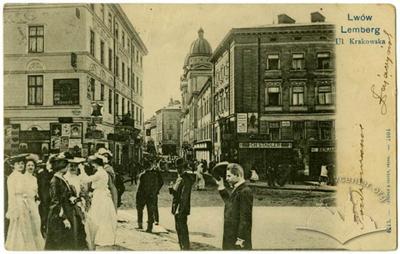 Вулиця Краківська
Вулиця Краківська
-
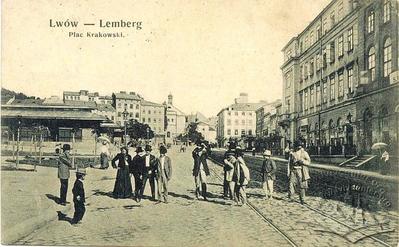 Площа Краківська
Площа Краківська
-
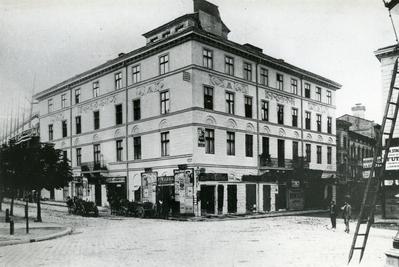 Будинок на вул. Краківській, 34. Репродукція фото
Будинок на вул. Краківській, 34. Репродукція фото
-
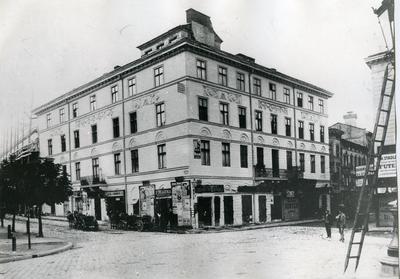 Будинок на вул. Краківській, 34. Репродукція фото
Будинок на вул. Краківській, 34. Репродукція фото
-
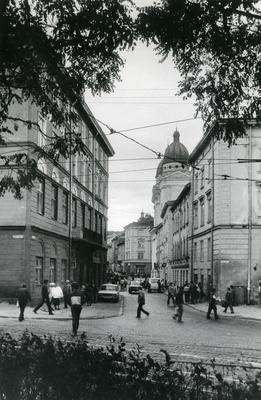 Вулиця Краківська
Вулиця Краківська
-
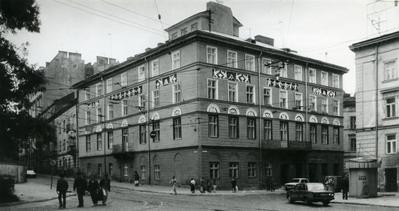 Будинок на вул. Краківській, 34
Будинок на вул. Краківській, 34
-
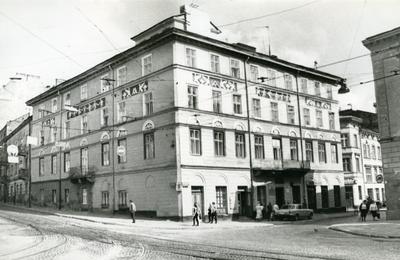 Будинок на вул. Краківській, 34
Будинок на вул. Краківській, 34
-
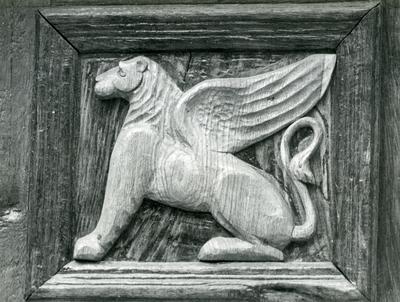 Барельєф на вул. Краківській, 34
Барельєф на вул. Краківській, 34
-
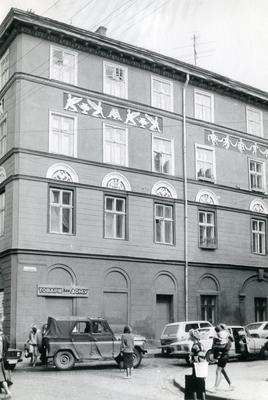 Будинок на вул. Краківській, 34
Будинок на вул. Краківській, 34
-
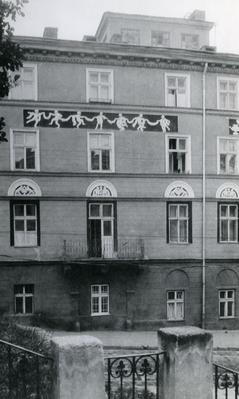 Будинок на вул. Краківській, 34
Будинок на вул. Краківській, 34
-
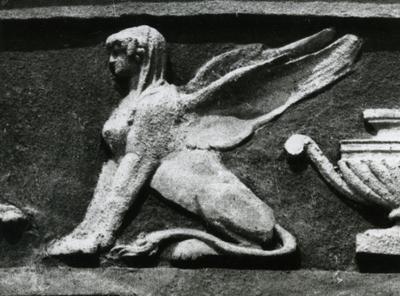 Барельєф на вул. Краківській, 34
Барельєф на вул. Краківській, 34
-
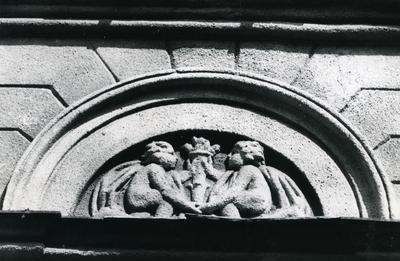 Барельєф на вул. Краківській, 34
Барельєф на вул. Краківській, 34
-
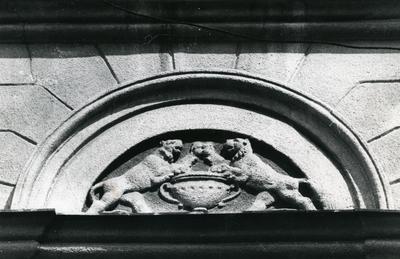 Барельєф на вул. Краківській, 34
Барельєф на вул. Краківській, 34
-
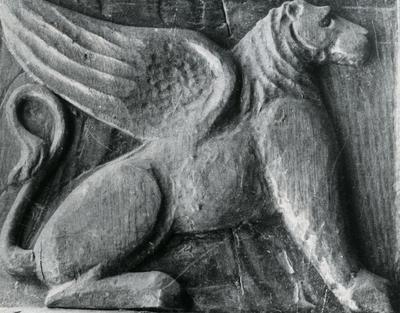 Барельєф на вул. Краківській, 34
Барельєф на вул. Краківській, 34











